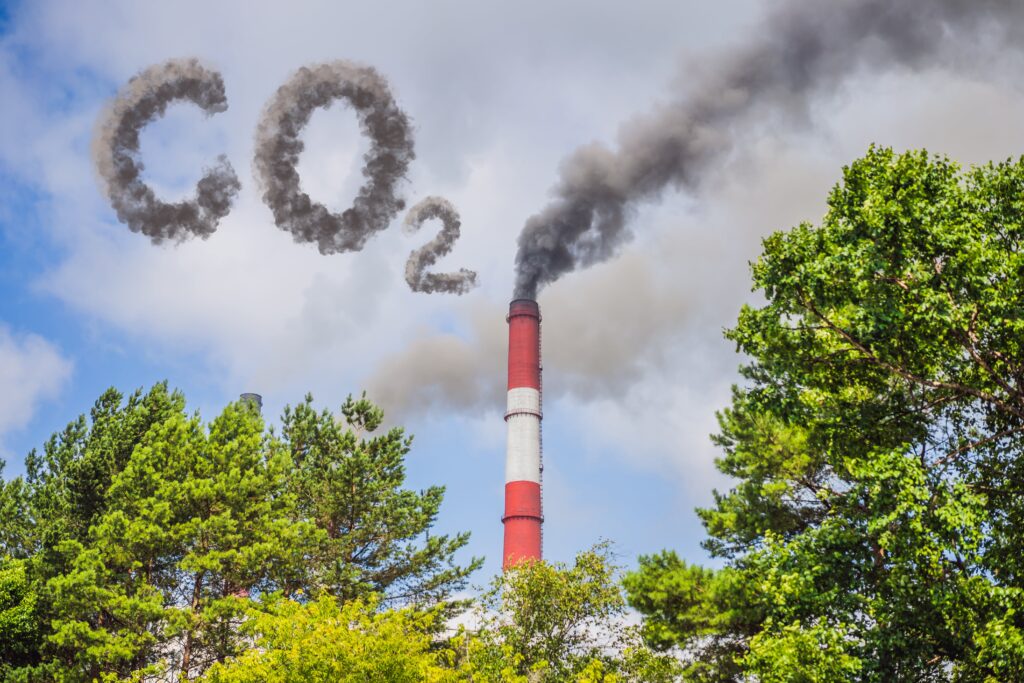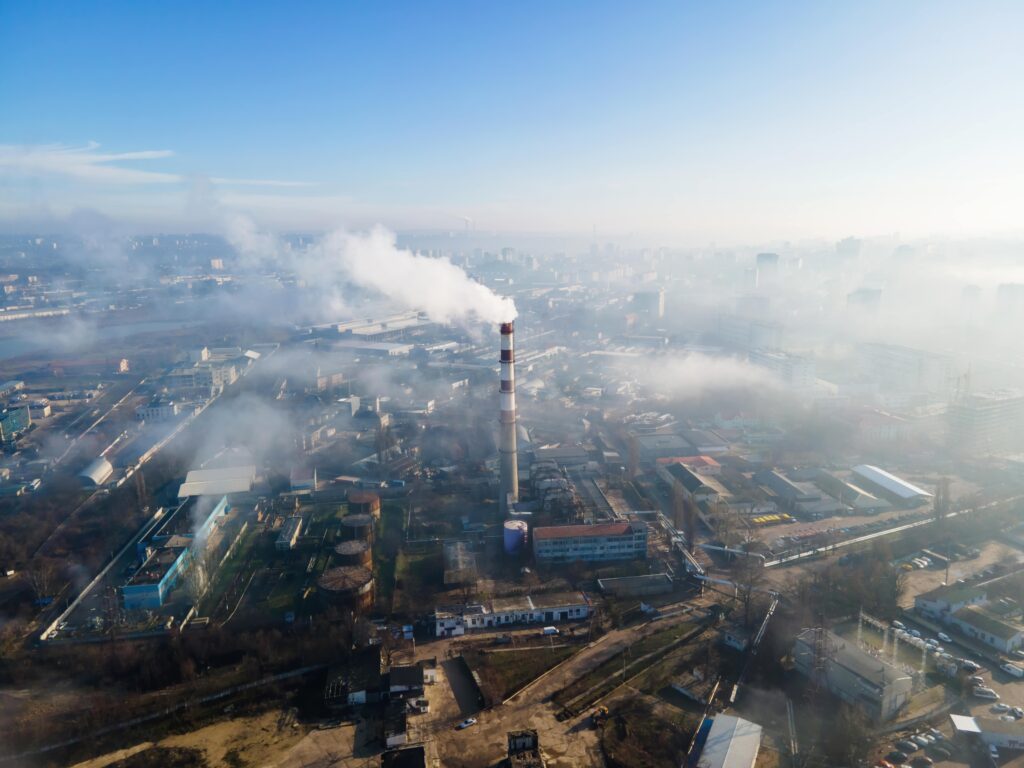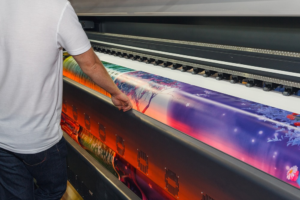The Netherlands has ambitious greenhouse gas emission reduction targets for the future – to cut them by 49 percent below 1990 levels by 2030 and 95 percent by 2050.
The textile industry is a direct contributor to a lot of waste and is known to pollute the environment owing to the greenhouse gases every manufacturing and production cycle contribute to. So, it is time to bring down these levels and reduce the carbon footprint of the industry in a holistic way.
Denmark’s promise to the world
Denmark has made targets and ambitious plans to reduce the greenhouse gas emissions. The likely new EU-wide targets under the recent EU Green Deal alongside these targets entail a rapid acceleration in decarbonization. Several papers and research are being carried out to discuss the government’s mitigation strategy and advances. Moreover, several recommendations to complement and reinforce that strategy and to achieve better alignment of the effective carbon prices across sectors is also being carried out at several levels.
What is interesting is that the government is rolling out industry-specific alternatives to make the recently introduced industry carbon levy more efficient and recommends the use of revenue-neutral feebate schemes in textile industry, transportation, buildings, and agriculture. For power generation, it recommends eliminating taxes on residential and industrial electricity, supplementing the coal phaseout plan with an increase in the CO2 emissions floor price. The impacts of these reforms on consumption would be low and relatively evenly split across the income distribution.

How does the industry benefit from it?
The Netherlands notified the commission of its plans to modify its Stimulering Duurzame Energieproductie (SDE++) scheme approved by the commission in December 2020 (SA.53525) and amended in December 2021 (SA.100461). The modified scheme will run until December 31, 2025, the European Commission has mentioned.
The SDE++ support scheme, with an overall budget of €30 billion, will contribute to the Netherlands’ efforts to reduce its greenhouse gas emissions by 55 per cent by 2030 and to achieve climate neutrality by 2050, compared to 1990 levels.
- The scheme supports a wide range of projects with different technological approaches, including projects based on low carbon and renewable gas, including hydrogen and transport fuels.
- The Netherlands made several amendments to the existing scheme. These amendments will guarantee a certain budget for supporting projects in areas where decarbonisation is currently relatively expensive but that offer promising green potential. This is where the textile companies will benefit a lot and can claim their share too by proving their attempt and impact.
- A minimum budget of €750 million will be allocated in 2023 to projects in each of the following areas—low-temperature heat, including geothermal, heat pumps, and solar thermal; high-temperature heat, including mainly electrification options for industry via heat pumps and electric boilers; and molecules, which includes hydrogen production via electrolysis, production of biomethane, and advanced renewable transport fuels.
- Beneficiaries will be selected through annual competitive, transparent, and non-discriminatory bidding processes. They will be selected based on the lowest subsidy required per unit of greenhouse gas emissions reduced.
- The beneficiaries will receive support via a variable premium contract of a duration ranging between 12–15 years. The payments that the beneficiaries receive will be adjusted based on the evolution of the relevant market prices (for example of electricity, gas, or carbon) over the lifetime of the support contract.
The commission found that the scheme is necessary and appropriate to support the reduction of greenhouse gas emissions and thereby contribute to the EU and national climate targets. The scheme has an ‘incentive effect’ as potential beneficiaries would not carry out the activities without public support. So, overall it is laid out to support, nurture and build and every company walking the environment-friendly path can greatly benefit from the scheme by showcasing their values and ethos.


